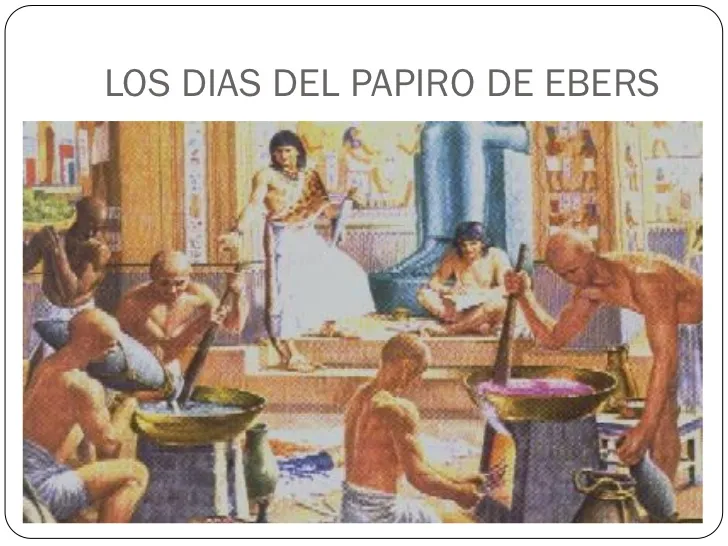To learn more about this disease, today we tell you its curious story that remains to the ancient Egyptians.
The ancient Egyptians already knew diabetes (and treated it).
3000 years ago the ancient Egyptians already described symptoms according to diabetes mellitus: they urinated a lot and lost weight without apparent cause.
In the Papyro Ebers, one of the oldest known doctors treaties, the treatment they provided to the people who manifested said symptoms that consisted of a four -day diet that included the game of bone cooking, wheat, grains, sand, sand, sand,, green lead and earth, or: birdwater water, souco berries, fresh milk, beer, cucumber flowers, and green dates.
But it was Capodoccia araetus who between 80 and 133 uses the term "diabetes" to define this disease, because in Greek diabetes it is defined as "running through" and this referred in this case to the large number ofwater that was eliminated by urine.
This Greek doctor considered that polyuria or large amount of urine was due to a failure in the kidneys and that the water did not retain in the body of those affected.
Later, in 1675, Thomas Willis adds to diabetes the term "mellitus" which means "sweet honey" due to the sweetness of urine and blood of those who suffer from the disease.Although the sweetness of blood and urine was already described in the 5th century and I saw by Indian doctors.
Only in 1776 a British, Dobson, confirms that the sweetness of blood and urine were due to the presence of glucose in them, something of unknown origin.In 1857 Claude Bernard, from France, attributes excessive glucose production by the liver, according to Ahmed Am for the Saudi Medical Journal.
At the end of the 19th century, Minkowski and Von Mering, from the University of Strasbourg, remove the pancreas from a dog and cause the animal a terminal diabetes.It is on this occasion that the influence of this organ is confirmed in the development of the disease.
The great advances of the twentieth and twenty -first centuries
Once the disease is described and knowing the influence of the liver, but above all of the pancreas in the development of diabetes mellitus, in 1908 Zuelzer extracts a pancreatic substance and is injected with diabetic patients, achieving a elimination of urine sugar.
In 1921 this substance called "Insulina" and Banting describes the benefits of its clinical use, but it is not until after the 70s that the first insulin and blood glucose meters are marketed.
In 1979, National Data Group diabetes classifies diabetes in four different ways: dependent insulin diabetes, type 2 dependent diabetes, gestational diabetes and diabetes associated with other syndromes or pathologies.
Of course, the variety of drugs were developed as the physiology involved in the development of diabetes was known.Today already in the 21st century there is a new generation medication with multiple effects that contribute to reducing blood glucose levels.
As you can see, it is a very curious story that begins years ago with the ancient Egyptians and until today it does not stop developing, because this metabolic disease is as complex as the human body and therefore, even in the 21st century there areMuch to know, make and solve about diabetes that today stalks a large part of the world's population.
Bibliography consulted |American Diabetes Association, Defat Diabetes Foundation and Saudi Med J. 2002 AP; 23): 373-8.
Image |Pixabay




